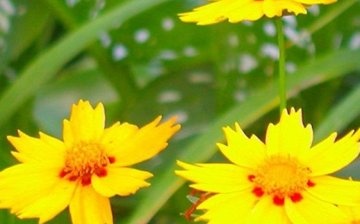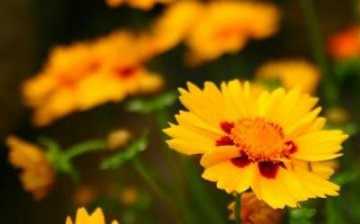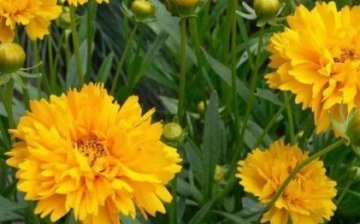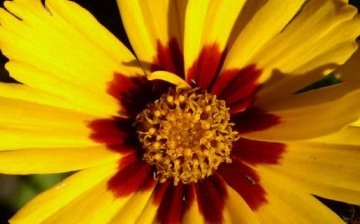Correct cultivation of coreopsis
Growing coreopsis will not be difficult if you follow a number of simple but important requirements. So, it is customary to distinguish between annual and perennial plants.
Perennial coreopsis is represented by dwarf and tall flowers, which are distinguished by frost resistance, unpretentiousness and drought resistance.
So, lanceolate coreopsis, which blooms throughout the summer with bright yellow inflorescences, prefers light fertile soil. Avoid stagnant moisture that causes root rot.
If the summer is too hot, large-flowered coreopsis needs regular watering. By the way, this variety blooms until the very first autumn cold weather, but for abundant flowering, strict adherence to the water regime is necessary.
In the fall, the whorled coreopsis is cut off at the root. The plant propagates by seeds, which are planted in open ground or for seedlings. Also, lanceolate coreopsis can be grown by vegetative propagation. To do this, you need to divide the bushes in autumn or spring.
Coreopsis, whose photo admires with its beauty and variegation, grows well if additional fertilizers are applied. Thanks to top dressing, the flowers are saturated with nutrients. In addition, the plant's resistance to pests and diseases increases.
Before flowering, coreopsis needs organic fertilizers. The rest of the time, you can apply a complex of mineral fertilizers.
Thus, the flower does not take much free time and effort, and after a short time you will enjoy its elegance.










